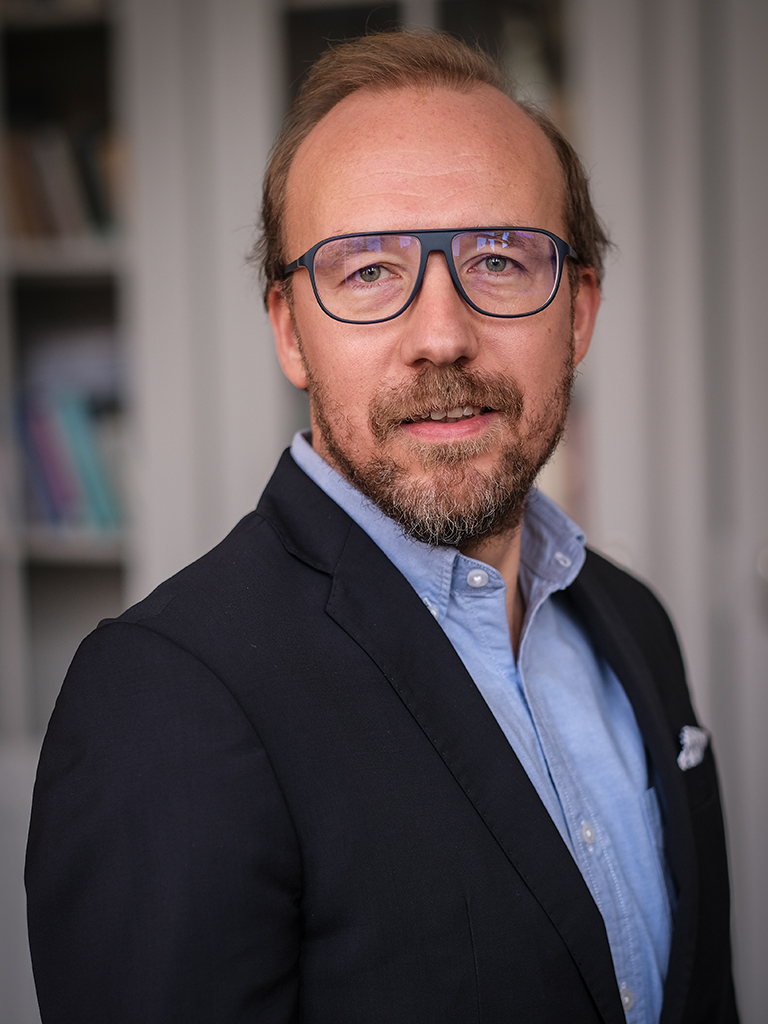Roermond cemetery reflects living city
According to international literature, late nineteenth-century and early twentieth-century cemeteries 'reflect' society. In a sense, they mirror the social relationships in the living city at that time. As part of his PhD research, Maurice Heemels is the first to put this assertion to the test using a concrete example: the Roermond cemetery 'Nabij Kapel in 't Zand'. Heemels hopes to obtain his PhD from Maastricht University on September 16th.
The study found that the cemetery does indeed 'mirror' the social relationships found in Roermond between 1870 and 1940. The cemetery can be considered a 'miniature' or a 'microcosm' of Roermond during this period.
Heemels not only examines the cemetery from a sociohistorical, cultural-religious and art historical perspective, but expands his research to include other aspects of burial culture, such as the funeral itself and the funeral procession.
Mirror
Archival research on the social standing of the interred helps us reconstruct the social relationships in cities and villages during this period. A study of the municipal records of those interred revealed that Roermond society and Roermond burial culture between 1870 and 1940 was in the grips of upward social mobility. 'Shopkeepers, for example, would have more elaborate funerals during this period to reflect the increasingly important role they played in the city's economy at that time.'
The Roermond cemetery is divided into different social classes, which in turn reflect specific streets in Roermond. 'Wealthy citizens who lived on Willem II Singel and Swalmerstraat are buried in class I. Citizens who lived in poorer streets, such as Kruisherentstraat and Begijnhof, are buried in classes III and IV, which was reserved for those with limited means. This tells us that neighbours in life would also be neighbours in death.' Own environment As a historian and a teacher trainer in the field of history at Fontys Teacher Training College Sittard, Heemels strongly supports research into the past based on concrete examples from our own environment. This is why he chose such a personal perspective for his PhD research. 'People are, to some degree, a product of their history. This dissertation would never have been written if my father hadn't died at a very young age. I've visited my parents' grave at the old parish cemetery in Melick every year around All Souls' Day since I was a child. I dedicated my dissertation to them.'
Maurice Heemels will defend his dissertation titled, Op den akker des doods, waar allen gelijk worden. Begraafcultuur in Roermond 1870-1940 ('On the field of death, where all are equal. Burial culture in Roermond between 1870 and 1940') on Friday 16 September at 2pm at Minderbroedersberg in Maastricht.
Also read
-
Cyrus Mody, historian of science and technology at the Faculty of Arts and Social Sciences (FASoS), has received an NWO Vici grant of €1,500,000.
-
On 29 and 30 March, the Maastricht Centre for the Innovation of Classical Music (MCICM) is organising a special symposium in Maastricht at the St. Janskerk and the Conservatorium, respectively. The occasion for the international symposium is the inaugural lecture of Prof. Peter Peters, Endowed...


